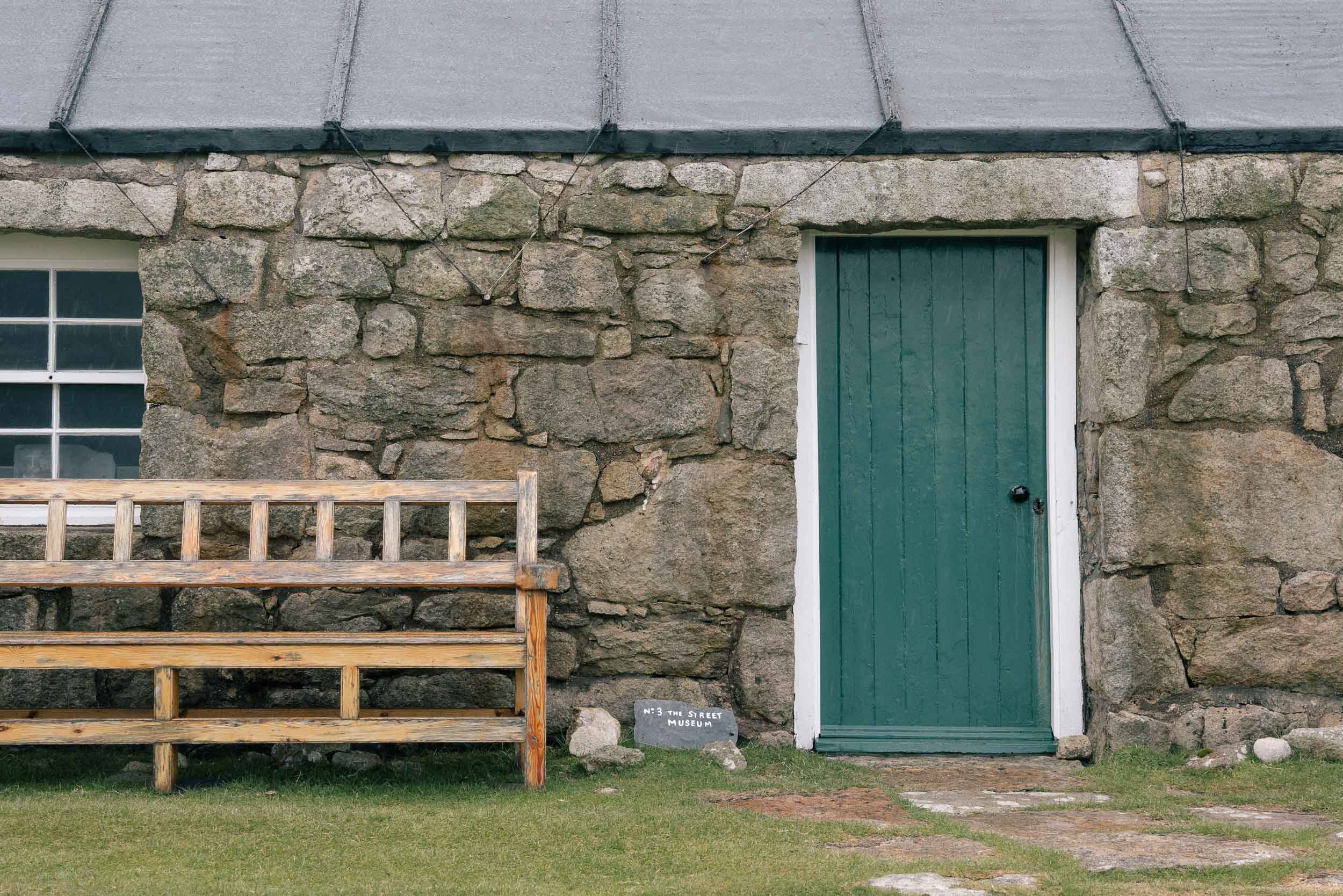I first read of St Kilda in Pocket Atlas of Remote Islands: Fifty Islands I Have Not Visited and Never Will. I assumed I would never visit these islands either. But when I came across the name of the island again while researching where to go in the Hebrides, I was intrigued and really wanted to go.
The journey is not a simple one, if you are even able to make it at all. You are allocated a two-day window for the trip when you book with one of the boats that make the four-hour voyage from the Isle of Harris. We were lucky and the weather allowed us to go on the first day of our window (which worked out because the second day was not so good).
We boarded the small boat of twelve along with two crew members at eight in the morning. From there it was four hours of nothing but ocean and rain to Hirta, or Hiort, the main island. When we got there, a little dingy took us to shore where the warden greeted us and gave an introduction and map to the island.
The island is no longer inhabited with the exception of a few military personnel and volunteers. The last of the St Kildans voluntarily evacuated the island in 1930. We had the island to ourselves for the next four and a half hours.
On the return trip home, we circled through the sea stacks and the island Boreray to see the largest bird colony in the North-east Atlantic. We spotted a dozen species of seabirds, including our favourite, the puffin.
It is amazing that a group of Hebrideans were able to survive on this isolated island for as long as they did. I feel very fortunate to have seen the island and the remains of their village. It was a long and exhausting journey, but so worth it.









